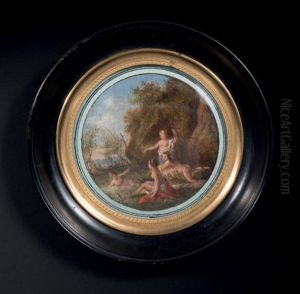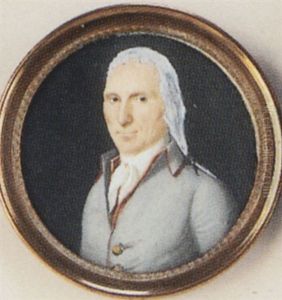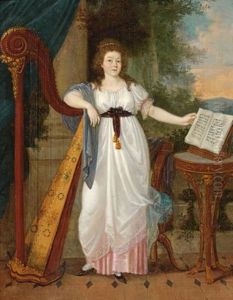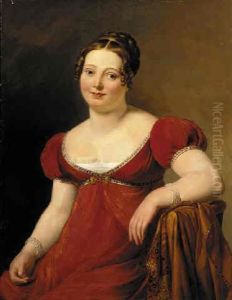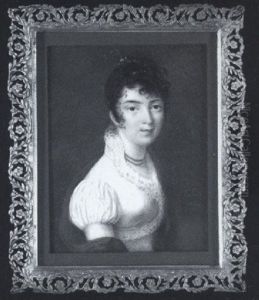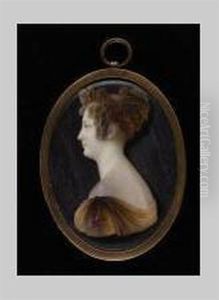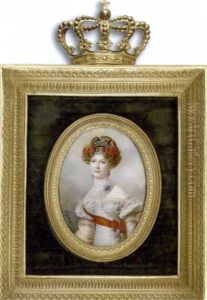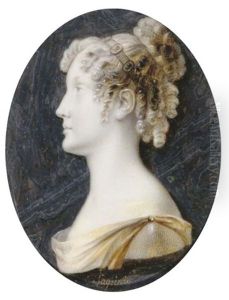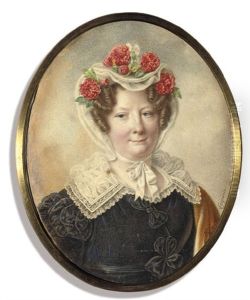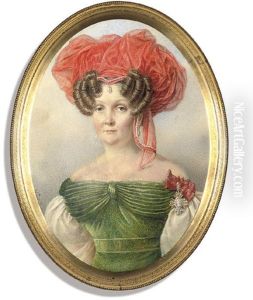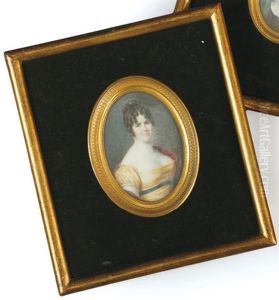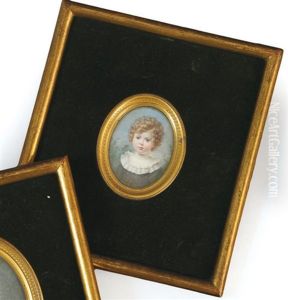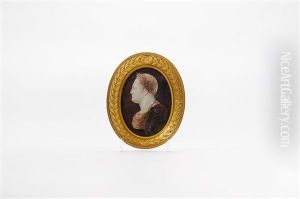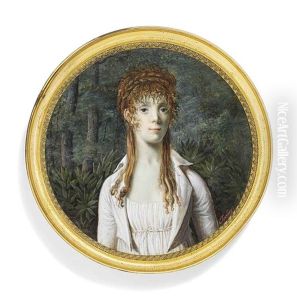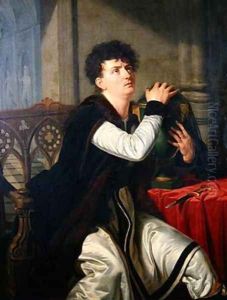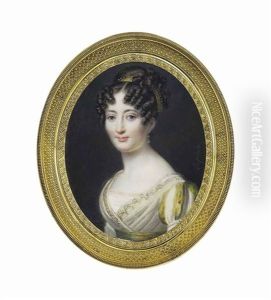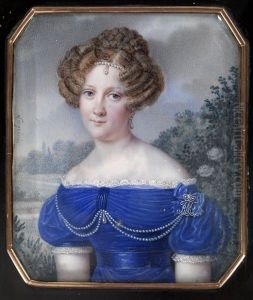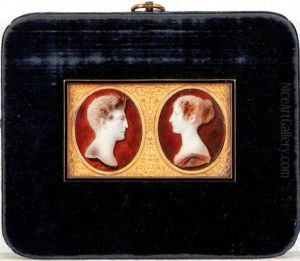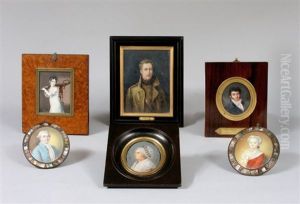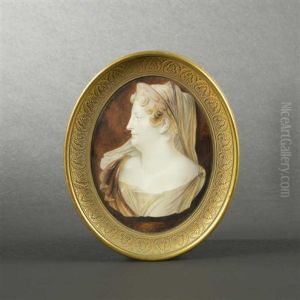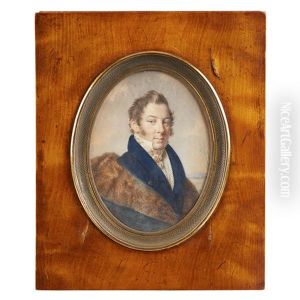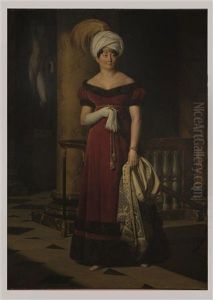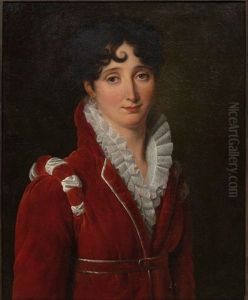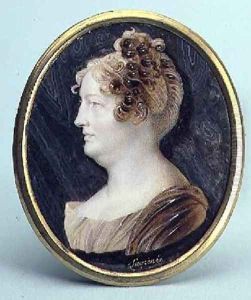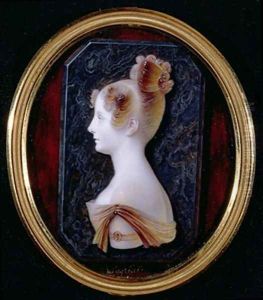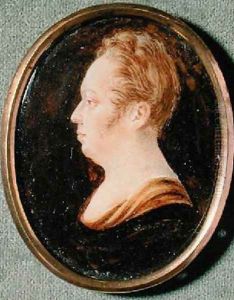Anthelme Francois Lagrenee Paintings
Anthelme François Lagrenée, also known as François-Anthelme Lagrenée or Lagrenée the Younger, was a French historical and portrait painter born on October 15, 1774, in Paris. He was the younger brother of the more famous Louis-Jean-François Lagrenée, also known as Lagrenée the Elder, who was a significant influence on his artistic development. Coming from a family of artists, Anthelme François was naturally inclined towards the arts, and his early training was under the guidance of his elder brother.
Lagrenée's style was rooted in the Neoclassical tradition, which was prevalent during his time. This movement sought to emulate the simplicity, clarity, and grandeur of ancient Greek and Roman art. His works were known for their historical accuracy, clear composition, and the use of subdued colors to create a harmonious overall effect.
During his career, Anthelme François Lagrenée received several commissions for portraits and historical scenes. He participated in the Salons, which were the official art exhibitions of the Académie des Beaux-Arts in Paris, and his works were generally well received. However, despite his talents, he did not achieve the same level of fame as his brother or other leading artists of the day such as Jacques-Louis David.
Lagrenée's death occurred on April 13, 1832, in Paris. While his works may not be as widely recognized today as those of some of his contemporaries, they still provide valuable insight into the Neoclassical aesthetic and the artistic endeavors of the period. His legacy can be seen in the collections of various French museums and institutions that hold examples of his art.
